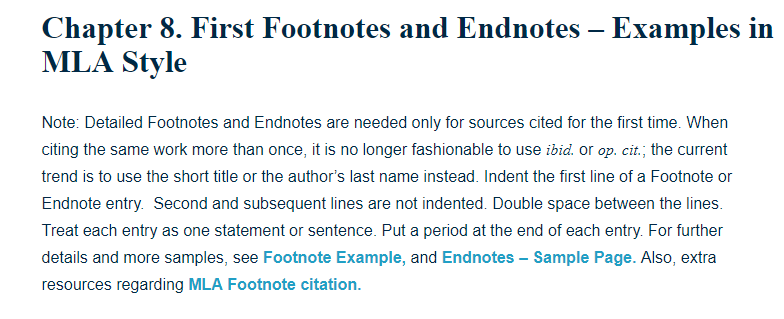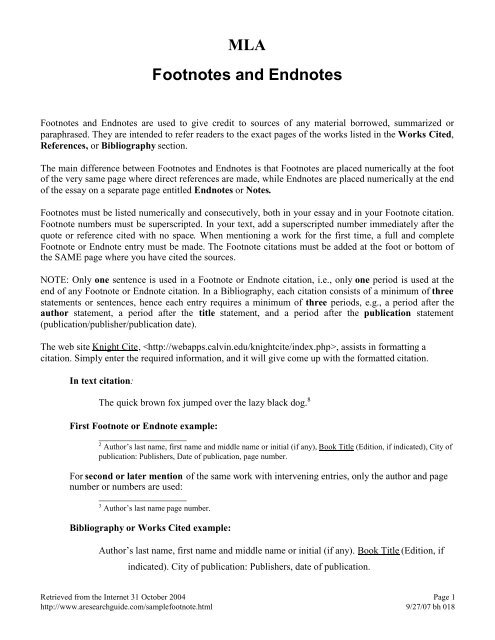

This won't affect any existing documents, only new ones. To add endnotes, click on the Insert Endnote button and add your notes and/or citations.
Mla endnotes in word 2016 how to#
The next time you create a document based on that template, the endnote reference numbers will be formatted as Roman numerals (assuming you selected a Roman numeral format in step 3). How to Set the Margins in Microsoft Word 2016: Click on the Layout tab > click on Margins > click on Normal > the margins will then automatically be set to 1 inch top, 1 inch bottom, 1 inch left, 1 inch right. (This is important so that Word actually has to "use" the settings you made.)

Display the References tab of the ribbon.(Just search for Normal.dotx, Normal.dotm, or some variation of these names.) Load the template directly into Word and then follow these steps:

Mla endnotes in word 2016 windows#
The location of the Normal template will vary from system to system, but you can use the Windows search feature to locate it. In order to make a change to the Normal template you need to load it directly. (In other words, changing the template is how you change many of Word's defaults-including endnote numbering styles.) In most cases, this means changing the Normal template because most new documents are based, automatically, on settings stored in the Normal template. It is possible to change the default, but the way you do it is to change the template on which new documents are based. As with APA, footnote numbering should only come after a punctuation mark.1 Apart from with dashes2 then the superscript number should come before the dash (and, in the case of parenthesis, inside the final bracket.3) Inserting using Microsoft Word It’s easy to insert foot- or endnotes using Microsoft Word. While this can be done manually in the Insert Endnote dialog box, that takes several steps and a change to the default would be much easier and faster. Ken wonders if it is possible to change the default numbering format for endnotes from lowercase Roman numerals (i, ii, etc.) to uppercase Roman numerals (I, II, etc.).


 0 kommentar(er)
0 kommentar(er)
